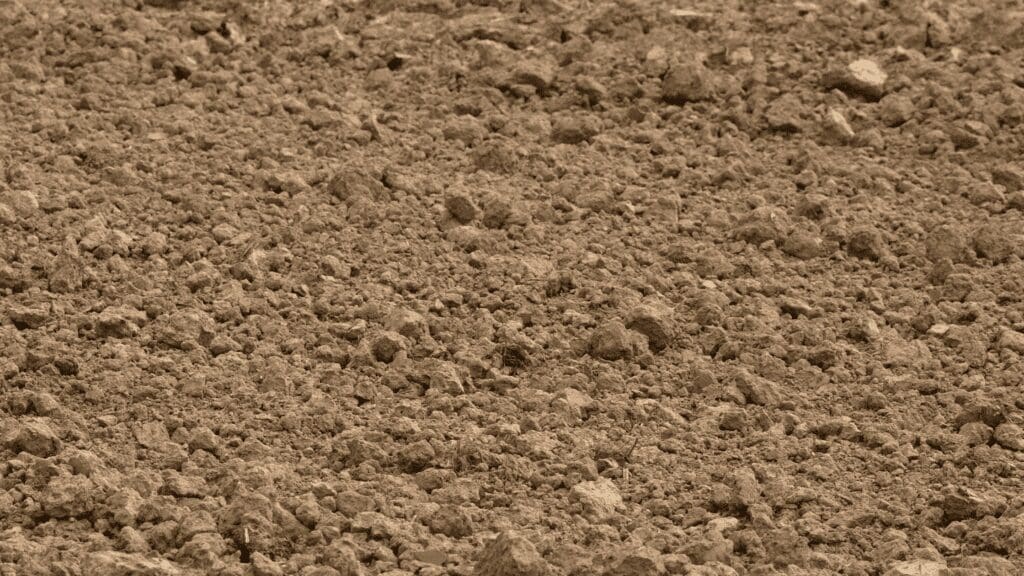When it comes to the home foundations in the Houston area, soil stabilization is a very important factor to consider. In short, soil stabilization involves the use of different materials and techniques in order to alter the geotechnical properties of the soil, including its shear strength, compressibility, permeability, and plasticity, for better performance both during and after the construction process.
For example, specific soil stabilization methods can be used to prevent the ground underneath a home from expanding, contracting, shifting, and cracking. Since soil stabilization provides a more solid and stable substrate for the structure above, it plays a critical role in keeping a home structurally sound over the years.
When Is Soil Stabilization Required?
Soil stabilization is generally required when the existing soil isn’t suitable to carry the weight of a structure. Let’s take theHouston Black soil, for example. Having a high clay content, our soil is characterized by a high water-holding capacity and compression rate.
A high water-holding capacity basically means that the soil can absorb and hold large quantities of water. As a result, it will expand significantly. But the more water clay soil absorbs, the softer it becomes. When clay-rich soil is too wet, with a near-mud consistency, it can start to compress under the weight of the home. Because the soil around and under the foundation can absorb various amounts of water, it may compress more on one side of the home and less on the other side. This will lead to differential settlement, which can cause many issues down the road. Additionally, the water absorbed by the soil will evaporate during drought conditions. As clay soil loses water, it hardens, shrinks, and cracks. All these can makefoundation problems worse.
The good news is that soil stabilization can prevent soil expansion and contraction along with all of their consequences. By simply using various stabilizing agents, such as geotextiles, soils, aggregates, lime- or cement-based materials, emulsions, and/or synthetic resins, soil stabilization contractors can easily change the physical makeup and properties of the soil. As a result, they’re able to:
- enhance the load-bearing capacity of the clay soil;
- reduce its water holding capacity and compression rates;
- control its volumetric changes, which are typically caused by repeated swelling and shrinkage;
- maintain positive grading around the foundation by mitigating soil erosion;
- replace missing soil with the most appropriate aggregates and materials for each project.
Because soil stabilization can prevent foundation problems and structural damage, it should be performed prior to building a home. However, there are a few soil stabilization methods that can also be used to address existing foundation damage.
Soil Stabilization Can Save Your Foundation and Home
The vast majority of Houston homes are built onexpansive clay soil, which presents many challenges for builders, foundation repair contractors, and homeowners alike. In fact, many Houston homes have already fallen victim to expansive clay soils, resulting in costly repairs for homeowners. If you have observed any foundation problems due to expansive soil, there are a few solutions a professional could recommend in order to stabilize the soil under your home. However, the methods that will be employed depending on the extent of the damage.
If soil swelling and shrinkage have only caused a few cosmetic issues, foundation repair may involve injecting a soil stabilization mixture around the perimeter of your foundation. This will eliminate or, at least, mitigate future movement due to repeated expansion-contraction cycles. If your home’s foundation has sustained some structural damage as well, your home might require extensive repair work. In that case, the contractor may need to replace some of the existing piers, install additional piers to better support the foundation, and also repair the wood beams, joists, and subflooring.
However, considering the soil profile and climate of Houston, repairing the foundation may not be enough to restore the strength of your home. Stabilizing the soil underneath and around your foundation may also be necessary to stop thefoundation damage from spreading to other parts of your home.
Once all the repairs have been made, you should consult with a soil stabilization contractor about the methods and materials that can be used to change the molecular properties of the ground in order to interrupt the expansion-contraction cycle and mitigate future foundation damage. Besides performing all the repairs required and opting for the most appropriate soil stabilization solution for your property, we recommend installingFrench drains and/or other drainage systems to prevent water from seeping into the ground and causing additional damage to your property.
As you’re able to see, there are many different ways to repair a foundation and stabilize clay soil. As every home is different and has different problems, the solutions recommended can also be different. To make sure that a specific foundation repair method will solve your foundation problems for good, it’s imperative tohave a foundation repair expert inspect your foundation as soon as possible. Only this specialist will be able to tell you how serious your foundation problems are and also come up with the most appropriate foundation repair strategy for your property.

